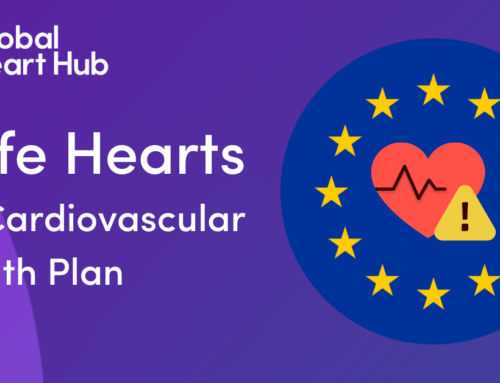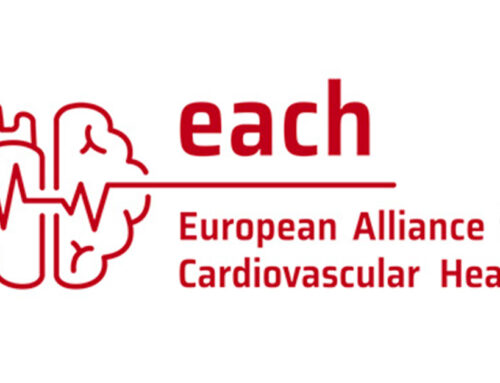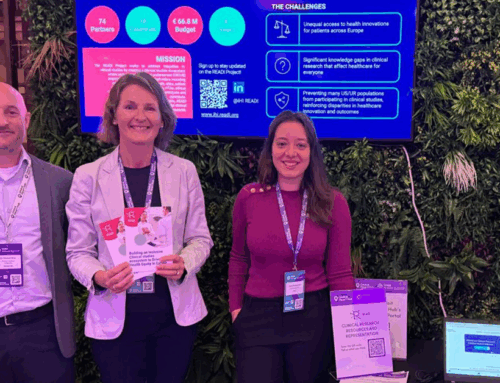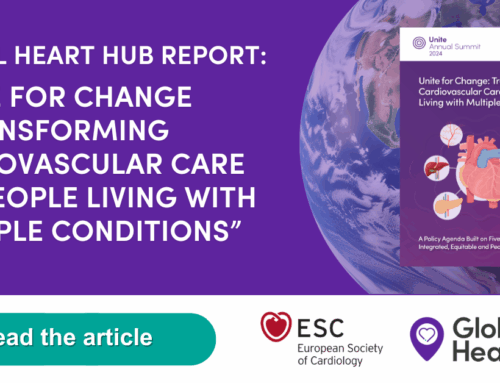Global Coalition for Circulatory Health
UHC Call To Action
Cardiovascular diseases (CVDs) are the leading cause of death worldwide. They constitute a significant threat to global development, with 75% of related deaths happening in low- and middle-income countries. In addition to the burden of mortality, the number of people living two or more chronic conditions has increased steadily over the past 20 years, resulting in a lower quality of life for people living with CVDs and placing additional stress on healthcare systems.
Since 2017, the Global Coalition for Circulatory Health (GCCH) – a consortium of international, regional and national stakeholders in circulatory health – has called on governments to pay sufficient attention to the huge burden of CVDs and to do more to address the growing concern. The urgent need to address CVDs has become even more pressing this year as a result of the disproportionate impact the COVID-19 pandemic is having on people living with circulatory conditions such as diabetes, kidney disease or stroke.
On the occasion of Universal Health Coverage (UHC) Day on December 12, the Global Coalition for Circulatory Health is asking governments not to leave people living with CVDs behind.
We urge Member States to:
- Prioritise the inclusion of co-morbidity and multi-morbidity among NCDs in the design and implementation of policies aiming at the prevention, early detection and treatment of all NCDs and their common risk factors;
- Recognise multi-morbidity and co-morbidity as a growing worldwide public health concern that may affect over 1.7 billion people living with life-threatening NCDs[1];
- Include NCD prevention, early diagnosis, screening and appropriate treatment in essential public healthcare services and UHC benefit packages;
- Use the WHO HEARTS technical package to implement primary healthcare interventions for hypertension as part of UHC;
- Recognise the impact COVID-19 is having on people with circulatory conditions and address interruptions in access to life-saving treatments such as dialysis and transplantation;
- Protect and support the wellbeing of the health workforce – the most precious resource to tackle the COVID-19 pandemic and to prevent, treat and manage CVDs;
- Collect standardised data on COVID-19 infection and death rates among health workers to understand the true magnitude of the pandemic and identify the most appropriate evidence-based measures to prevent and control the threat;
- Maximise common efforts to deliver an affordable, people-centred, integrated response to multiple morbidities, to leave no disease behind during and after the COVID-19 pandemic.
[1] Clark A, Jit M, Warren-Gash C, et al. Global, regional, and national estimates of the population at increased risk of severe COVID-19 due to underlying health conditions in 2020: a modelling study. Lancet Glob Health. 2020 https://www.thelancet.com/action/showPdf?pii=S2214-109X%2820%2930264-3 (Accessed 20.07.2020)







